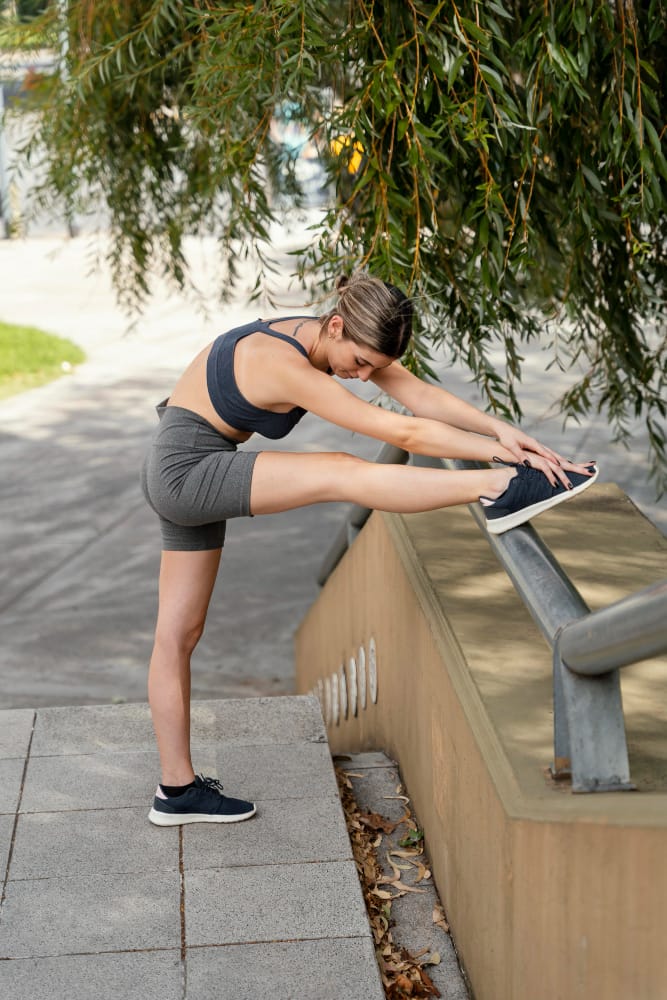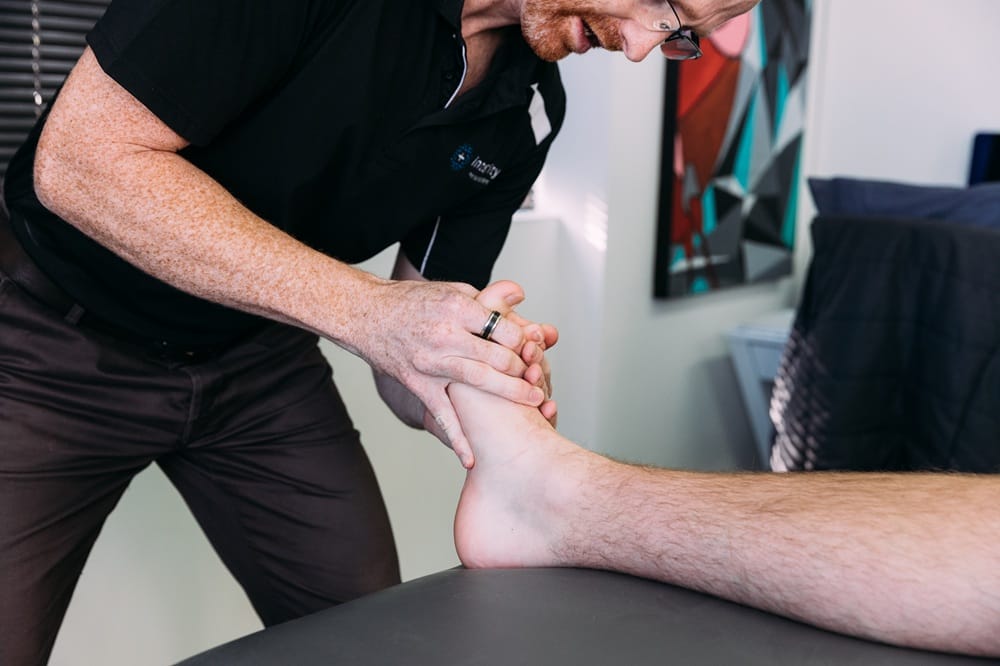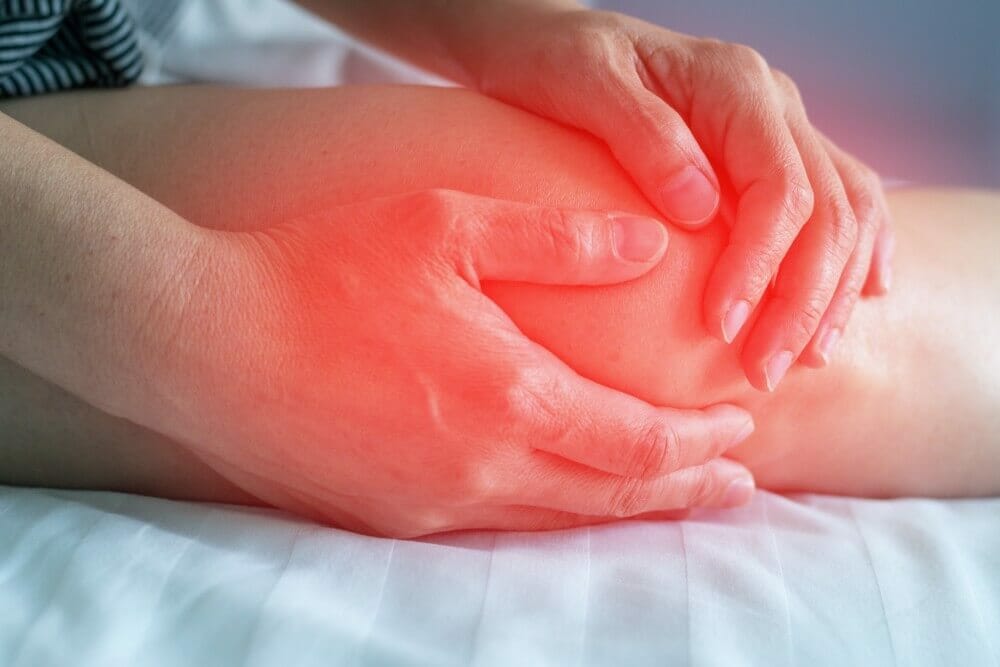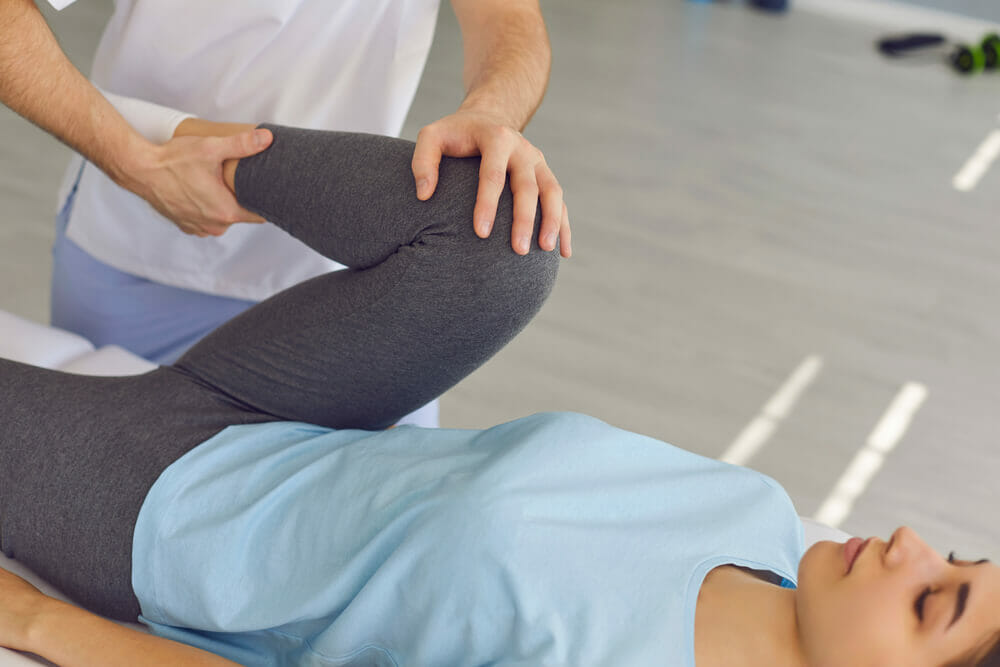
If there’s one thing we often hear, it’s, “I need to exercise more, but I just don’t have the time”. But here’s the thing—exercise doesn’t have to mean intense gym sessions or exhausting workouts. Sometimes, the simplest movements make the biggest difference.
Walking is one of the easiest and most effective ways to stay active. You can go for a walk on your lunch break, take the long way to the shops, or head out in the evening to clear your mind.
A lot of people don’t realise just how much regular walking can do for them. So, let’s walk you through the benefits.
Why walking is a powerful form of exercise
A lot of people think exercise means sweating it out at the gym, lifting heavy weights, or going for high-intensive runs. But walking is one of the most effective and accessible ways to stay active, no matter your fitness level.
- Low impact, easy on the joints – Unlike running or jumping exercises, walking is gentle and reduces strain on the knees, hips, and ankles.
- No equipment needed – You don’t need a gym membership or fancy gear, just a comfortable pair of shoes.
- Fits into daily life – A quick walk to the shops, a stroll during lunch, or parking further away all add up.
- Supports overall health – Walking helps you meet the recommended 150 minutes of physical activity per week without needing intense workouts.
The health benefits of walking
1. Improves heart health
A daily walk is one of the best things you can do for your heart. It helps lower blood pressure, improve circulation, and reduce the risk of heart disease and stroke. Even 30 minutes a day can strengthen your cardiovascular system, keeping your heart working efficiently and reducing strain on the body. Walking is especially helpful for those looking to manage high cholesterol or maintain healthy blood flow.
2. Aids in weight management
Walking might not seem like an intense workout (depending on how fast you’re moving), but it’s a great way to burn calories and maintain a healthy body fat percentage. A brisk walk can help increase your metabolism, making it easier to control weight over time.
3. Reduces risk of chronic diseases
Regular walking lowers the risk of type 2 diabetes by improving insulin sensitivity and blood sugar regulation. It also supports joint health, helping to reduce joint pain and stiffness by keeping the muscles around the knees and hips strong. Walking is also beneficial for bone health, reducing the risk of osteoporosis and keeping muscles engaged as you age.
4. Boosts mental well-being
A simple walk can reduce stress, ease anxiety, and improve mood by releasing endorphins, the body’s natural feel-good chemicals. It also encourages mindfulness, giving you time to clear your head, reset, and recharge. Many people find that regular walking improves sleep quality, making it easier to fall asleep and stay asleep.
5. Increases energy and endurance
It might sound counterintuitive, but movement actually helps fight fatigue. Walking improves circulation, delivering more oxygen and nutrients to your muscles and brain, which can leave you feeling more energised throughout the day. Over time, it also strengthens muscles, improves endurance, and supports mobility, making daily activities feel easier.
How to make walking a part of your daily routine
Incorporating walking into your daily life can be both enjoyable and manageable. Here are some practical strategies we recommend to help you get started.
Start small and build up
Begin with short walks and gradually increase your distance and pace. This approach helps your body adjust and reduces the risk of injury.
Integrate walking into daily tasks
Look for opportunities to walk during your regular activities. This could be in the form of your commute (e.g., taking the stairs vs the elevator), or even when you run errands (e.g., choose to walk to nearby shops instead of driving).
Make walking social
Walking with others can make the activity more enjoyable and keep you motivated. Search around your neighbourhood for a local walking club to meet new people, or drag your friends or family members along.

Use technology for motivation
You can also utilise apps or devices to monitor your progress. These days, most phones come with an app that records your daily steps (e.g. the health app), which you can go into and set daily step goals.

Schedule walks into your day
Treat walking as an important appointment. For example, you can set specific times for walks, like during lunch breaks or after dinner, to establish consistency.
Make walking enjoyable
This one is a big factor (arguably the most important of them all). If you don’t enjoy doing the activity, why do it anyway? Making walking enjoyable is important because it significantly increases the likelihood of you sticking to your walking routine. You could try changing up your route, walking somewhere scenic, or mixing it into something else you enjoy, like listening to music or a podcast.
Set achievable goals
Goals help keep you on track, but they don’t have to be extreme. Even if it’s below 10k steps, just set a target that pushes you a little further than yesterday or last week.
Reward yourself
Look, no one’s saying you can’t treat yourself now and then. If a sweet snack or a relaxing break keeps you motivated, go for it (but just remember to find the balance).
How physio can support walking and mobility
Walking is one of the best ways to stay active, but for some people, pain or mobility issues can make it difficult. If you’re dealing with joint pain, muscle stiffness, or past injuries, physiotherapy can help keep you moving comfortably and confidently.
A physiotherapist can assess how you walk, identify any imbalances, and provide hands-on treatment and targeted exercises to improve movement. This can be especially helpful if you experience knee pain, hip discomfort, or lower back stiffness after walking. Strengthening the right muscles and improving mobility can make walking easier and reduce the risk of further injury.
If pain is stopping you from enjoying a daily walk, it’s worth getting it checked. Physiotherapy can help restore movement, ease discomfort, and get you back to walking pain-free.
Take the first step toward a healthier you
Walking is one of the simplest and most effective ways to stay active, improve heart health, and boost overall well-being. But if pain or stiffness is making it difficult, it’s important to address the issue before it gets worse.

Joint mobilisation physio can help improve movement, reduce stiffness, and ease discomfort in areas like the knees, hips, and lower back. It doesn’t matter if it’s joint pain, muscle tightness, or an old injury holding you back, the right treatment can make walking easier and more enjoyable.
If you’re struggling with mobility or pain during your walks, we’re here to help. At Integrity Physiotherapy, we provide tailored treatments to keep you moving comfortably.
Book an appointment today and take the first step toward pain-free walking.



